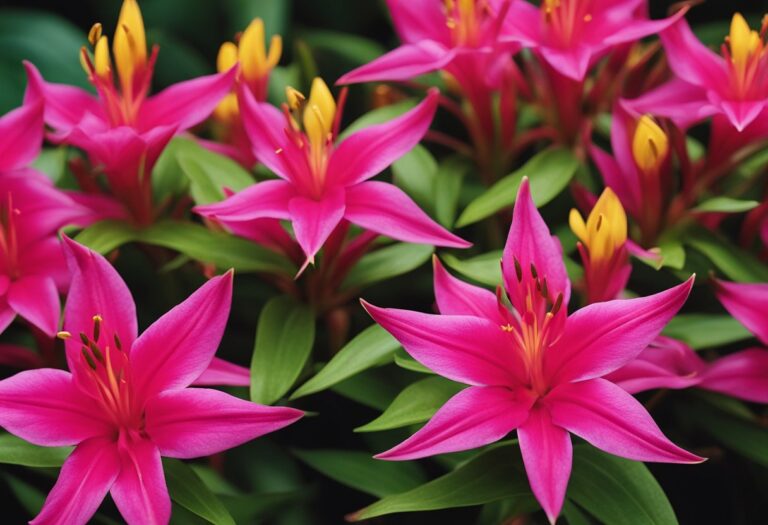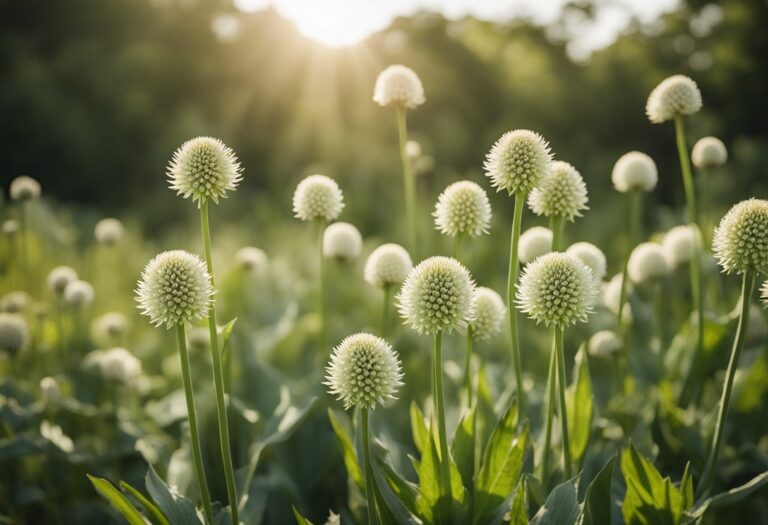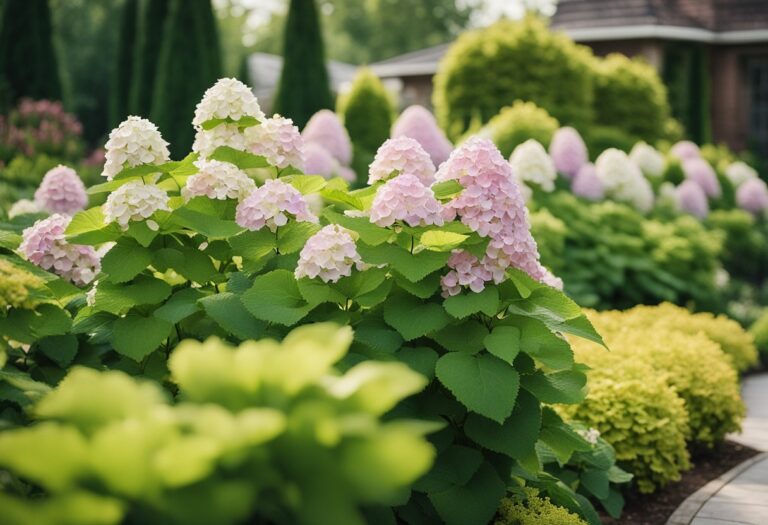History of Rose Prolifera de Redoute
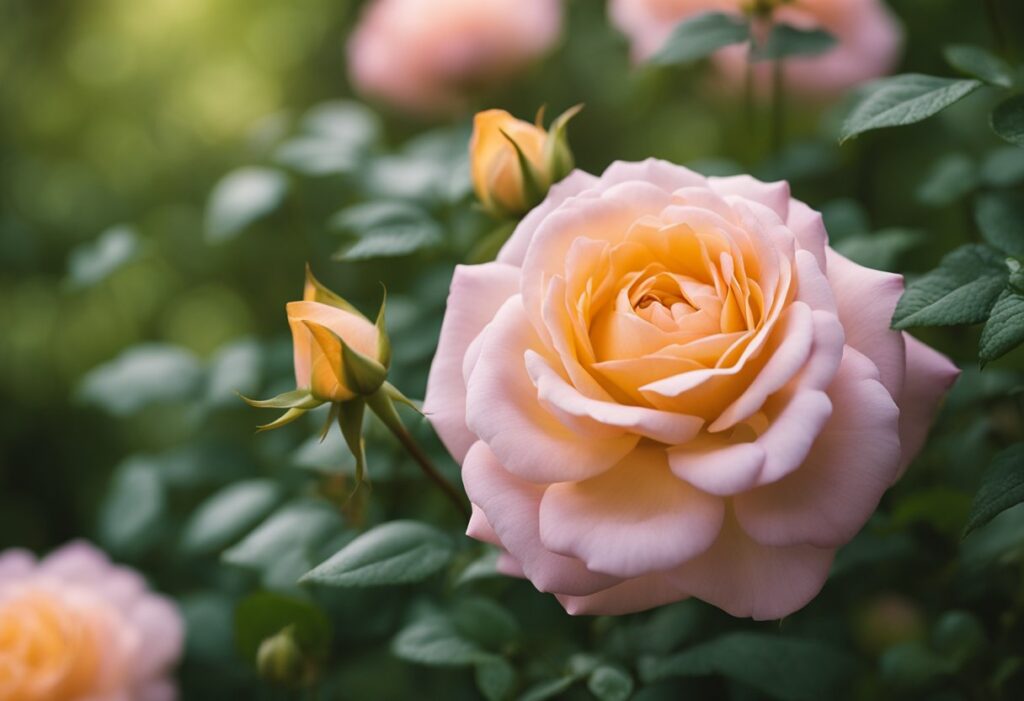
The Rose ‘Prolifera de Redoute’ is a heritage rose that encapsulates centuries past elegance and rich history. Its namesake, Pierre Joseph Redouté, was a distinguished flower painter, particularly revered for his rose illustrations.
Born in 1759 into a Belgian family of painters, Redouté’s fame solidified through his botanical artwork, especially the roses captured in his renowned three-volume work, “Les Roses.”
Cultivation Details:
- Bloom Size: Large (4-5 inches)
- Bloom Shape: Globular
- Petal Count: Very Full (40+ petals)
- Color: Medium Pink
- Rebloom: Once-blooming in spring or summer
Your understanding of this rose cultivar would include its unique “proliferating” blooms and characteristic leafy sepals; an inherent quality that sets it apart from other variants.
It features a sturdy upright growth habit, thorns, and prickles, and generally matures up to 6 feet in height.
The ‘Rose Prolifera de Redoute’, also known by other names like Rosa centifolia prolifera and Childing Provence, delights rose enthusiasts with its resilience and intoxicating fragrance.
It belongs to the Old Garden Roses group, which dates back to the era of Centifolia and Hybrid Gallica roses. These roses showcase the opulence and romanticism of old-world gardens.
Acknowledging its historical prominence enriches your appreciation for this rose cultivar, which is an embodiment of both the botanist’s skill and nature’s artistry.
Botanical Characteristics
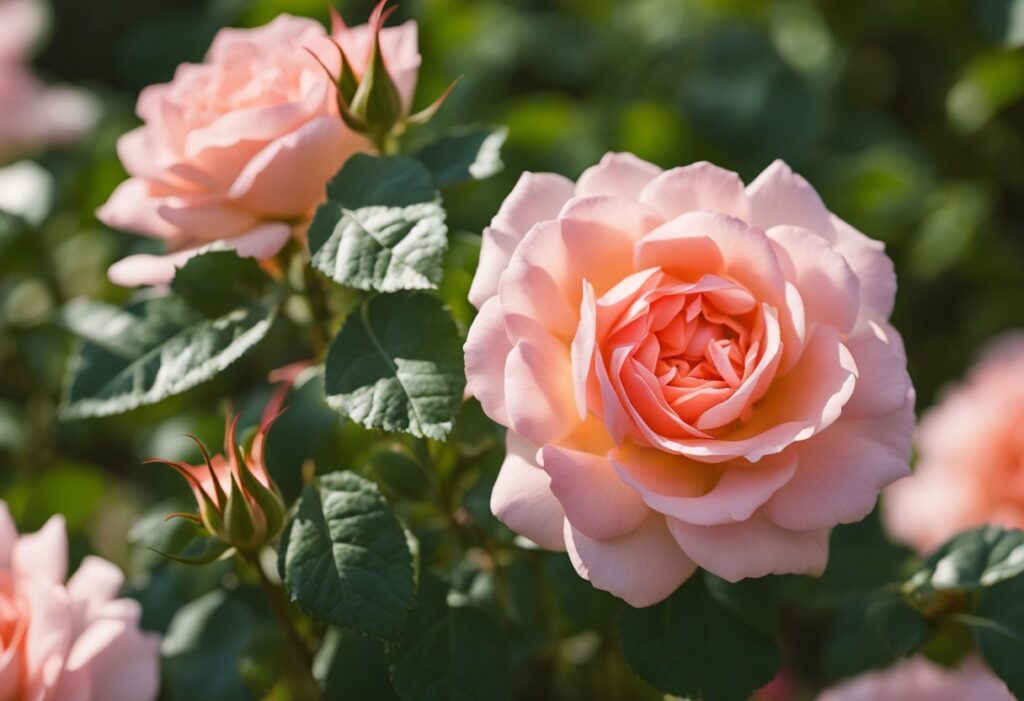
Exploring the ‘Prolifera de Redoute’ rose’s distinctive growth habits and the unique features of its leaves and flowers enhances your understanding of it.
Growth Habits
You will find that the ‘Prolifera de Redoute’ rose exhibits an upright growth pattern and can reach heights up to 6 feet. This plant is known for being armed with thorns and prickles, adding a layer of defense and aesthetic appeal.
Leaf and Flower Description
The leaves of this rose typically consist of 5 leaflets, characteristic of many rose species.
Regarding the flowers, you can expect:
- Bloom Size: Large, 4-5 inches
- Bloom Shape: Globular
- Petal Count: Very full with 40+ petals
- Color: Medium pink
- Fragrance: Strong
- Bloom Form: Can range from double (17-25 petals) to very full (26-40 petals)
- Rebloom: Occurs once, either in spring or summer
The sepals are notable for being foliaceous, contributing to the distinctive appearance of the blooms.
Cultivation and Care

Proper cultivation and care are crucial in nurturing a healthy Rose ‘Prolifera de Redoute’. Your rose will thrive best when specific planting, pruning, and pest management techniques are applied.
Planting Guidelines
When planting Rose ‘Prolifera de Redoute’, choose a location with full sun to partial shade and ensure the soil is well-draining. It’s adaptable to various soil types, but a pH between 6.0 and 7.0 is ideal.
Plant in early spring or late fall, spacing bushes about 4 feet apart to allow for mature growth and air circulation.
- Depth: Plant the graft union (the swollen area at the base of the stems) about 1 inch below the soil surface in cold regions or at surface level in warmer zones.
- Watering: Initially, water deeply to encourage root establishment. Thereafter, provide at least 1 inch of water per week.
Pruning Techniques
Pruning for this rose variety is typically done in late winter or early spring before new growth starts. Removing dead, diseased, or damaged wood and thinning out congested areas to promote airflow is crucial. Retain several strong, healthy canes to ensure robust growth.
- Deadheading: Remove spent flowers to the first five leaflets to encourage further blooming.
- Shaping: Cut to shape the plant but avoid severe pruning as this can reduce flowering.
Pest and Disease Management
Roses are susceptible to pests like aphids and diseases such as black spot and powdery mildew. Regular monitoring is key to early detection and prompt control.
- Fungal Diseases: Infrequent, deep watering reduces humidity around the plant, lessening disease risk. Remove and destroy any infected leaves.
- Pests: Treat aphids and other pests with insecticidal soap or neem oil, careful to follow the label instructions for best results.
Symbolism and Cultural Significance

In the realm of flowers, the Rose ‘Prolifera de Redouté’ holds a distinct place in literature and cultural history. Your appreciation for this variety can deepen with an understanding of its symbolic roots:
- Romantic literature: In your readings, you might find that roses often symbolize love and passion, a motif that dates back to ancient times and permeates modern romantic narratives.
- Classical mythology: You would discover that roses are linked to Aphrodite or Venus, the goddesses of love, further investing them with amorous symbolism.
The ‘Prolifera de Redouté’ itself, a variety named after the renowned botanical illustrator Pierre Joseph Redouté, is a lush symbol of beauty:
- Aesthetics: You’ll appreciate its deep pink, full blooms representative of classical beauty and often depicted in art and decor for their visual appeal and symbolic richness.
- Botanical artistry: Your recognition of its influence in art will be inevitable as Redouté’s watercolors showcased the rose’s form, contributing to the cultural veneration of roses in creative media.
In your garden, the cultivation of this rose variety may resonate with more than its scent or appearance, but also its historical and cultural significance:
| Aspect | Significance |
|---|---|
| Color | Deep pink hues often symbolize gratitude and grace. |
| Form | Full blooms can mirror completeness and bounty. |
| Name Heritage | Connection to Redouté emphasizes artistic legacy. |
Artistic Representations
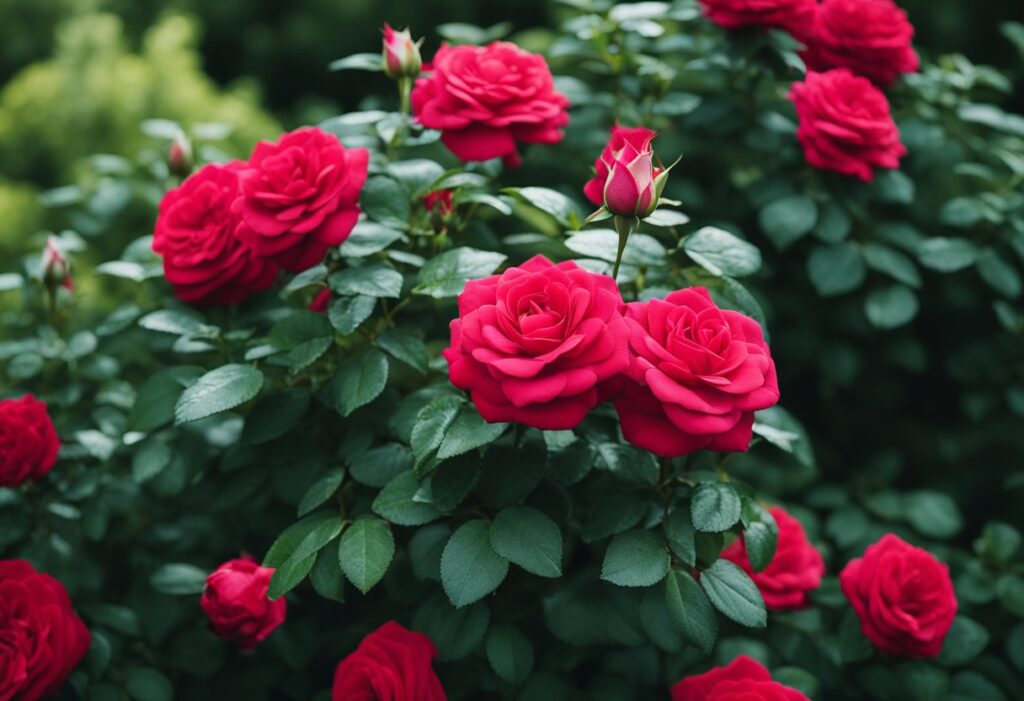
Your appreciation for the Rosa ‘Prolifera de Redouté’ may deepen with the understanding that this rose has a notable place in art history, largely due to Pierre Joseph Redouté. Redouté, a celebrated botanical artist of his time, has captured the beauty of this flower in his detailed and lifelike paintings.
The Rosa ‘Prolifera de Redouté’ appears in Redouté’s collection titled “Les Roses,” which features a series of rose illustrations. His skill in botanical illustration highlights not only the aesthetic appeal but also the botanical characteristics of the roses.
Discover some key features of Redouté’s artwork:
- Vivid Detailing: Redouté’s work is known for precisely representing the flower’s anatomy, color, and texture.
- Artistic Technique: He employed watercolors to achieve delicate color gradations and fine detail, setting a high standard for botanical art.
- Historical Significance: As an artist patronized by Marie Antoinette and later Empress Josephine, his artworks reflect the roses that were favored during that era.
Frequently Asked Questions
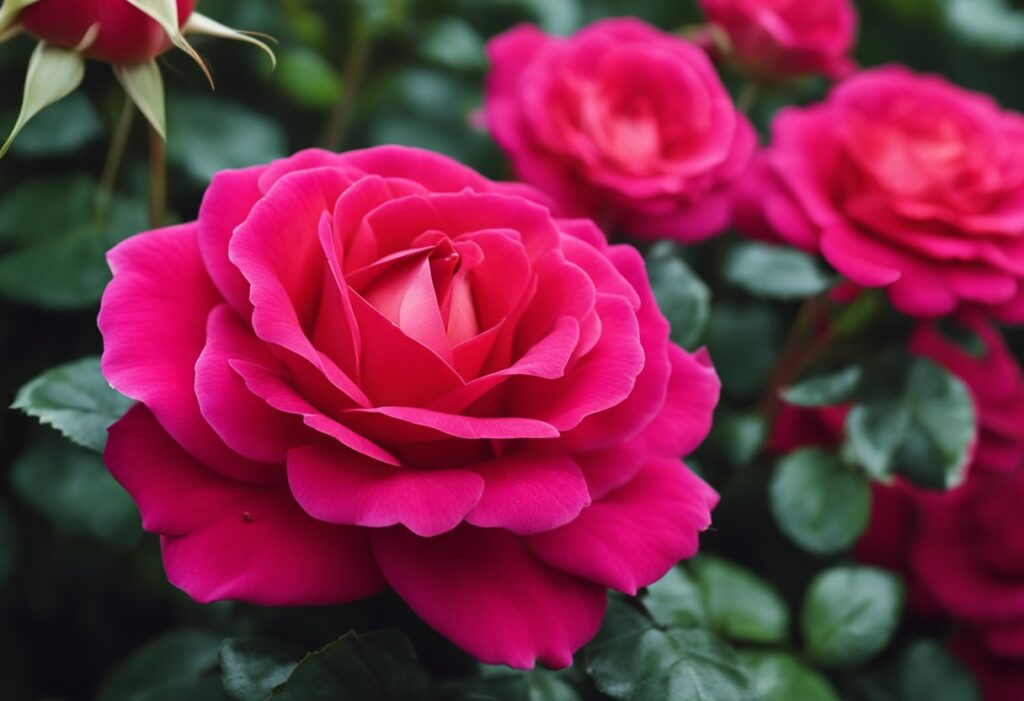
In this section, you’ll find targeted answers about the care, propagation, and acquisition of Rosa ‘Prolifera de Redoute’, as well as information on its unique characteristics and historical background.
How can one propagate Rosa ‘Prolifera de Redoute’?
To propagate ‘Prolifera de Redoute’, you can take softwood cuttings in late spring or early summer. Cut a healthy stem about six inches long, dip the end in rooting hormone, and plant it in a pot with well-draining soil.
What are the care requirements for ‘Prolifera de Redoute’ roses?
Your ‘Prolifera de Redoute’ rose requires full sunlight, at least six hours a day, and well-drained soil enhanced with organic matter. Consistent watering and regular fertilization are also important, especially during the growing season.
Where might one find ‘Prolifera de Redoute’ roses for purchase?
You can often find ‘Prolifera de Redoute’ roses through specialty plant nurseries or online garden shops focusing on historical or antique rose varieties.
What are the distinguishing features of Rosa ‘Prolifera de Redoute’ compared to other centifolia roses?
Rosa ‘Prolifera de Redoute’ stands out with its proliferating blooms, which feature leafy sepals and the classic globular shape of centifolia roses. Its deep pink flowers exhibit a strong fragrance and a high petal count.
Who was Pierre-Joseph Redouté, and what is his contribution to horticulture?
Pierre-Joseph Redouté was a renowned botanical illustrator from the 18th century. His work significantly contributed to documenting and popularizing many plant species, including roses like ‘Prolifera de Redoute’.
How should one prune a ‘Prolifera de Redoute’ rose bush?
You should prune your ‘Prolifera de Redoute’ rose bush in late winter or early spring before the plant breaks dormancy. Remove any dead or diseased wood. Then, shape the bush to promote good air circulation and light penetration.







